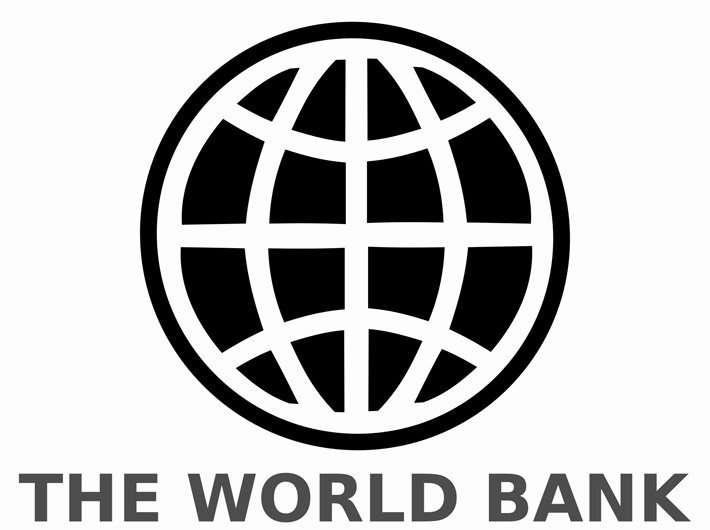World Bank changes classification of economies in the recent World Development Indicators 2016 report
For years, countries have been universally distinguished on economic nomenclatures of 'developed' and 'developing'. This classification was done on the basis of their prosperity and standard of living.
But in the recently published report on World Development Indicators 2016 by the World Bank, there is a change in the description of economies.
Motivated by the universal agenda of the Sustainable Development Goals (SDG’s), the recent edition introduces a change in the way that global and regional aggregates are presented in tables and figures.
According to the report, unless otherwise noted, there is no longer a distinction between developing countries (defined in previous editions as low- and middle-income countries) and developed countries (defined in previous editions as high-income countries).
And India - which till now was written under 'developing' countries, will now be called 'lower-middle income country/South Asia'.
The regional groupings are based on geographical coverage rather than a subset of countries that were previously referred to as developing. Two implications of this change are that a new aggregate for North America has been included in tables, and aggregates for Europe and Central Asia include countries of the European Union.
For instance, Mexico, China and Brazil are 'upper-middle income'; while India, Pakistan, and Bangladesh are 'lower-middle income'. So far, all were 'developing countries'.
Some pointers from the report on India are:
- Many countries have made dramatic progress in reducing extreme poverty, though the global totals tend to be dominated by reductions in the two largest countries, China and India. In South Asia it fell from 51 percent to 19 percent.
- Manufacturing value added as a share of GDP captures the role of manufacturing in an economy. Worldwide, the share declined from 19 percent in 1997 to 16 percent in 2013. In South Asia the share has remained fairly constant since 1990; it was about 17 percent in 2014. Between 1990 and 2014 the share increased slightly, from 16 percent to 17 percent, in India.
- India languishes on world indicators like labour force participation rate, electricity generation and access to improved sanitation facilities. However, there is an improvement in certain aspects, such as under-five mortality rate and maternal deaths.
- Time required to start a business in India was 29 days in June 2015 against the global average of 20 days.
- In 2015, only 40% of Indians had access to improved sanitation facilities, against the world average of 68%.
- For India, international remittances totaled $70 billion in 2014, or 3.4 percent of GNI, only marginally less than the net inflows of debt and foreign direct investment combined.
- In 2014 more than 680 million people were using the Internet in China, followed by 282 million in the United States and 228 million in India. But the Internet penetration rate shows disparity — 49 percent in China, 87 percent in the United States, and 18 percent in India.
- The World Bank decision (to change the way the countries are classified) may lead the United Nations to follow the same. UN has no formal definition of developing countries, but still uses the term for monitoring purposes and considers 159 countries as developing.
